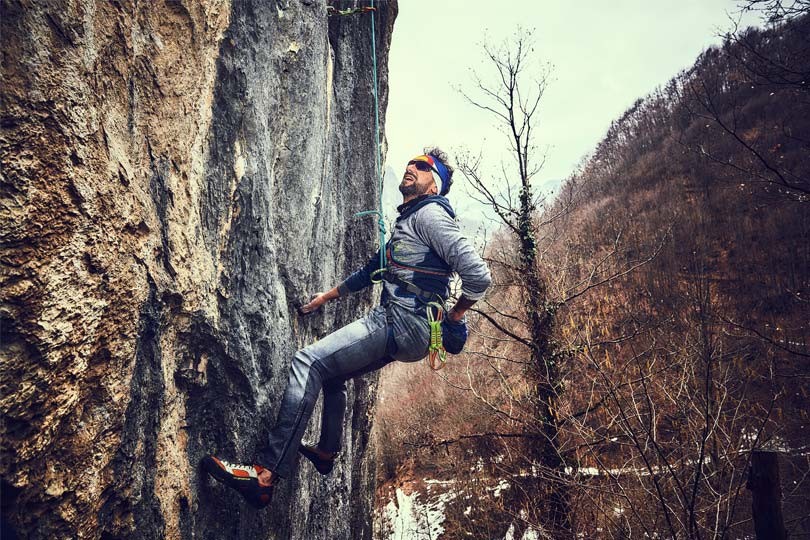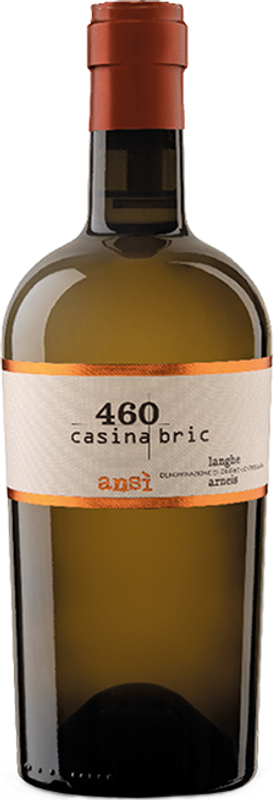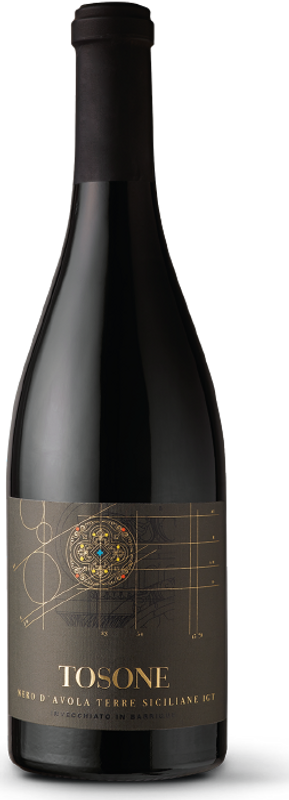Gianluca Viberti is a charming character and probably the fittest winemaker in the world. Growing up on a vineyard in Piedmont, Gianluca was a boy who always wanted to be moving. As his efforts were needed in the winery or in the family trattoria after school, there was hardly any time for hobbies. But this wild child was inventive: he only ever had his school bag taken home by bus. He would run the 17 kilometres up the hill himself. His parents knew nothing of this habit - and the bus driver was his accomplice. Even today, the oenologist is drawn to the Alps whenever he has a free moment. Mountain running, climbing, mountain biking, skiing... Gianluca Viberti is always looking for a challenge. "The mountains have taught me to lift my gaze and observe my surroundings more closely," says the sporty winemaker. With a thoughtful look, he adds: "That's the opposite of what we so often do today, when we stare endlessly at our smartphones." He sees mountain climbing as a school for life: "The secret is to plan ahead. In doing so, you must never lose your focus or determination." This attitude is also central to Gianluca's winemaking, because in the vineyard too, even if the terroir and techniques are familiar, nature can provide unforeseen circumstances at any time. Just like the mountaineer, the winegrower must be able to "read" nature. They must anticipate possible problems through attentive observation, finding the best variants and often new paths. And of course, they must never risk losing balance. And the reward at the end of the climb? Inspiring wines that are highly balanced, fresh and precise. Our entry in the summit book of 460 Casina Bric: What a breathtaking view...We'll be back next weekend!
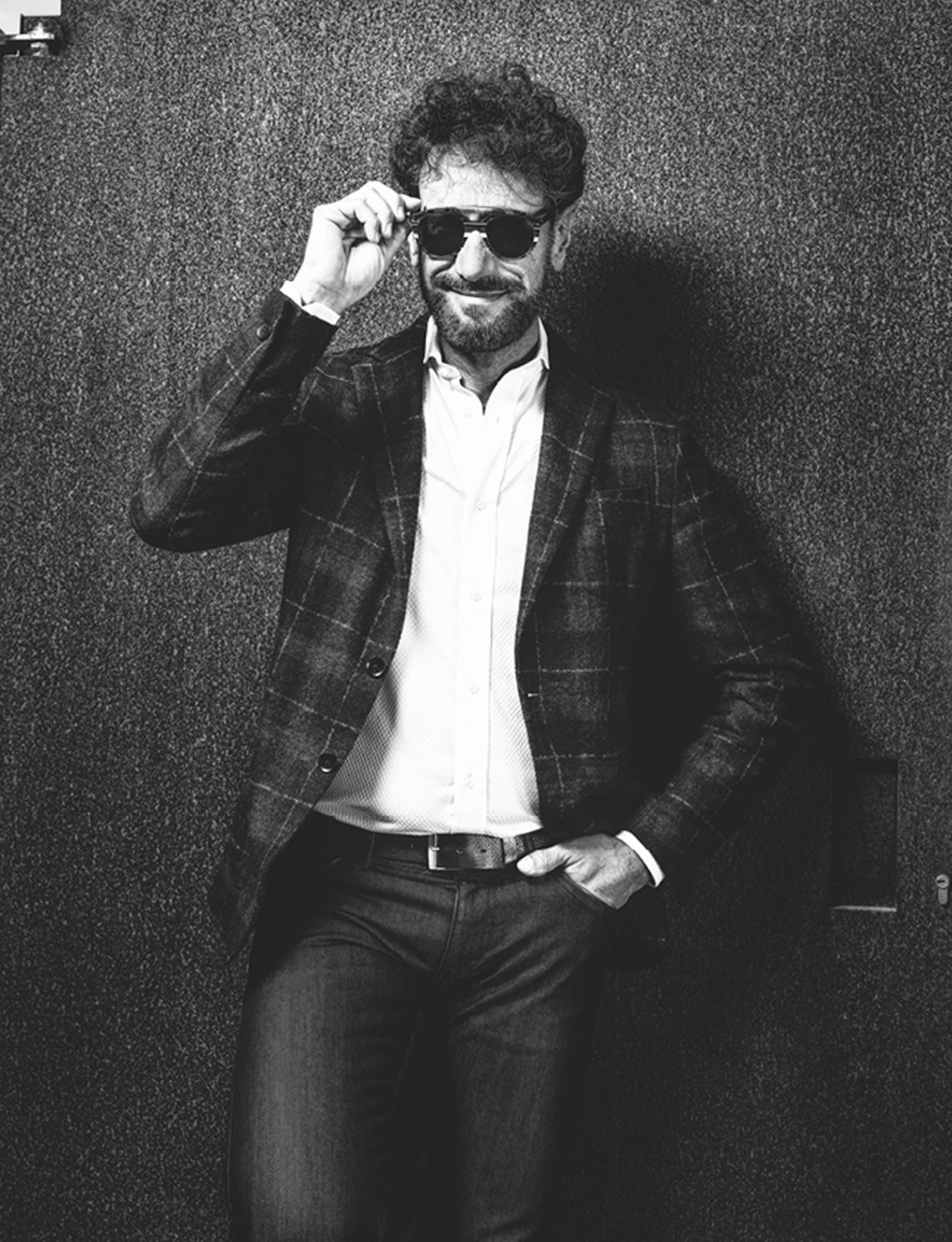
Wines with vision
«How do you combine enjoyment of wine and top sporting performance? How do you reconcile the silence of the mountains and the glamour of the wine world? Gianluca Viberti is a fascinating individual, both as a person and a winemaker. In the wines of this native of Piedmont, who is a passionate mountaineer and skier, we can sense the precision of a climber and the smoothness of a long snowy descent... Yes, if you are someone who enjoys soul-searching over a wine, you're sure to hear the whoop of the summit striker. We hope you enjoy reading and climbing new wine worlds!»

In the words of the winemaker
Gianluca Viberti presents you his two wines in the video.
A plea for uniqueness
«Nobody needs copies,» says Gianluca Viberti emphatically. For him, only the unique and the true character count. It can be compared to humans: distinctive characters and village originals mix up every community. They help to broaden horizons and generate numerous stories that people enjoy retelling again and again. The great originals of Piedmont are called Nebbiolo, Barbera and Arneis. «Nebbiolo is most at home in the Piedmontese climate and territory,» Gianluca tells us, referring to several failed attempts to cultivate the grape variety elsewhere. He treats his grapes with due care and almost reverence: «My most important task in the wine cellar is not to ruin the ingredients. Everyone who visits the wine cellar of 460 Casina Bric is amazed at the meticulous cleanliness.» The explanation comes immediately: «For me, the cellar is an extension of the kitchen. My mother was a cook, and I learned early on that cleanliness and the careful handling of ingredients are the be-all and end-all.» That's why Gianluca had all his barrels made to measure and even invented a device to do away with pressure and pumps during racking. He fills his bottles with wines that have a clear identity. You can tell how serious the winemaker is about the character of his wines when it comes to awards: «I wouldn't give you any marks or points for your character! I can only find out for myself whether I like someone. It's no different with wine.» So, following Kant, we could say: «Have the courage to use your own taste!» After all, we are all unique and have different perceptions. And that's a good thing, because it makes the (wine) world more diverse and exciting.
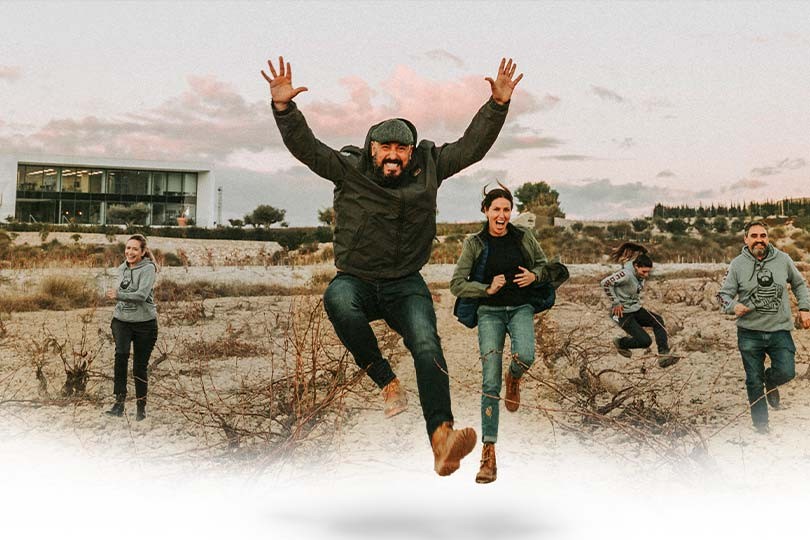
«¡Amor y libertad!»
Casa Rojo – when love creates wine
The success story of Casa Rojo began in 2007, when the committed politician Laura Muñoz and the young oenologist José Luis Gómez fell in love. The couple wanted to be free and not tied to a winery. So they began to rethink the way wine is made. Step by step, they put together a unique team, bringing together sommeliers, designers and winemakers from all over Spain. Together they pursue a «creative enology» that knows no boundaries. Today, Casa Rojo offers wines from the best vineyards in the country: from the Godello of Galicia to the Monastrell from Murcia. It was not just the idea of a location-independent winery that proved provocative: the witty labels also ruffled feathers. «We are not an old winegrowing family, so we are not duty-bound to any heritage. That's why we make wines just as we like. And we call them whatever we like,» explains José Luis. At Casa Rojo, the powerful Monastrell becomes a «Macho Man» - a broad-shouldered guy with a soft centre. Its label is emblazoned with a caricature of José Luis... The wine has become Casa Rojo's calling card. With «Tintafina», Laura has also received her well-deserved wine. Here is what «Macho Man» José Luis writes on the label: «Dedicated to my wife Laura, without whom this dream would not have been possible.» Tintafina is more petite, but still has plenty of temperament and a self-confident character. Anyone who invites them to a good meal will be blown away. Just like José Luis, back in 2007...
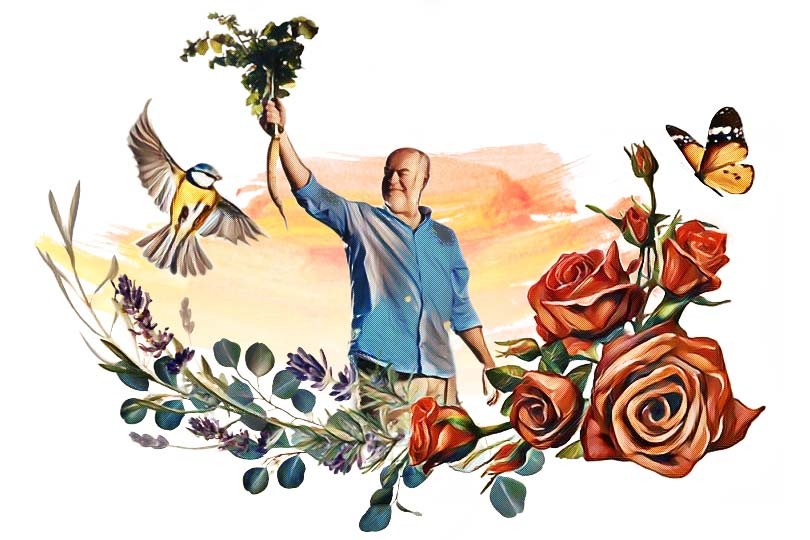
«Eden's Paradise»
With Chrut and Ruebli to the top crop
Château Maris in the south of France is one of the most environmentally friendly wineries in the world. Winemaker Robert Eden believes that «Every single person can make a difference every day.» For this reason, his vineyards are now diverse gardens bursting with life: beets and roses grow between the vines, while hedges and trees provide habitats for animals. The soil is protected and minimally tilled so that it remains alive and can absorb more carbon. Even the wine cellar is entirely vegetation-based! The construction consists of wooden supports, hemp tiles, and a grass roof. «The whole building could be composted,» Eden says with a laugh. The British-born artist is a visionary, free spirit and joker all in one. Since 2002 he has been fully committed to the biodynamic method of cultivation according to Rudolf Steiner: «What happens, grows, and lives around the vine clearly influences the quality and taste of the grapes.» This is not just a matter of biodiversity and Moon phases: it is also about the people who have an impact on nature. Good, healthy employment conditions form the basis, and the goal is harmonious togetherness: «if there is no community or social interaction at work, there is always a good reason for this - the work is too hard. It should be a joyful flow!» People should have fun doing things together, rather than working with frustration and stress. There's no doubt about it: it's good to live in the Garden of Eden. We'd like a slice - or a wine glass - of that!
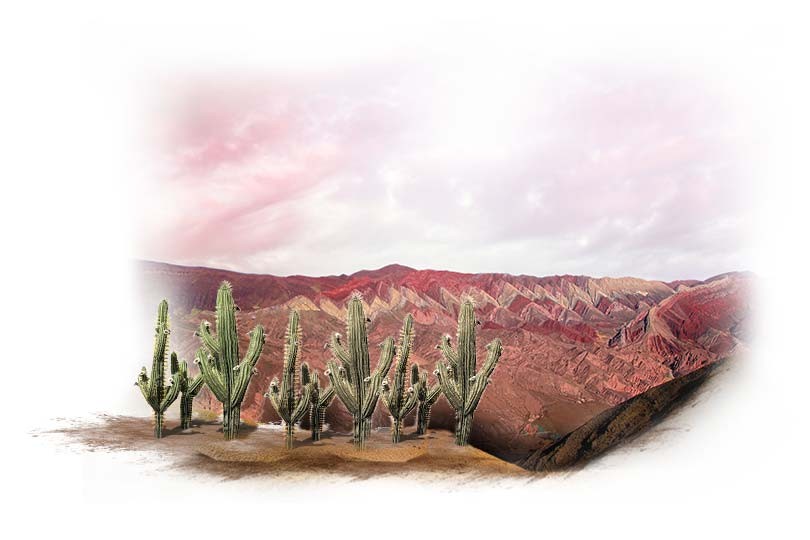
«Wild at heart»
Imposing, authentic, primitive – a tribute to the Andes
If Pirú wine had a face, it would be the complexion of a gaucho. Leathery, tanned by the sun, furrowed like the dust-dry high plains of northwest Argentina. «Escuchame,» he would say: «listen carefully»! He would then gaze into the campfire with lively eyes and philosophise about how insignificant life can seem with the mighty peaks of the Andes towering above you - like the Cerro de los Siete Colores, into whose fading flanks the vines of Pirú entwine their roots. Different mineral layers immerse the massif in fantastical shades of colour, from ash grey to metallic black to Bordeaux red. The gaucho would tell of emigrants who brought their knowledge of winemaking with them across the Atlantic. First and foremost those from Italy. In terms of winemaking, they are what Argentina recently became on the football pitch: World Champions! Then the French. It's no coincidence that Argentina likes to celebrate Buenos Aires as the «Paris of the Southern Hemisphere». It owes its paradise grape, Malbec, to the Grande Nation. But it takes a Latino temperament from Argentina to tame this tannin-strong variety, which is the wild mustang of grapes. Pirú's wines combine influences from terroir and technology to create emotional, muscular wines with intense fruit, whose features are unmistakably influenced by the Andes but also reflect European finesse.
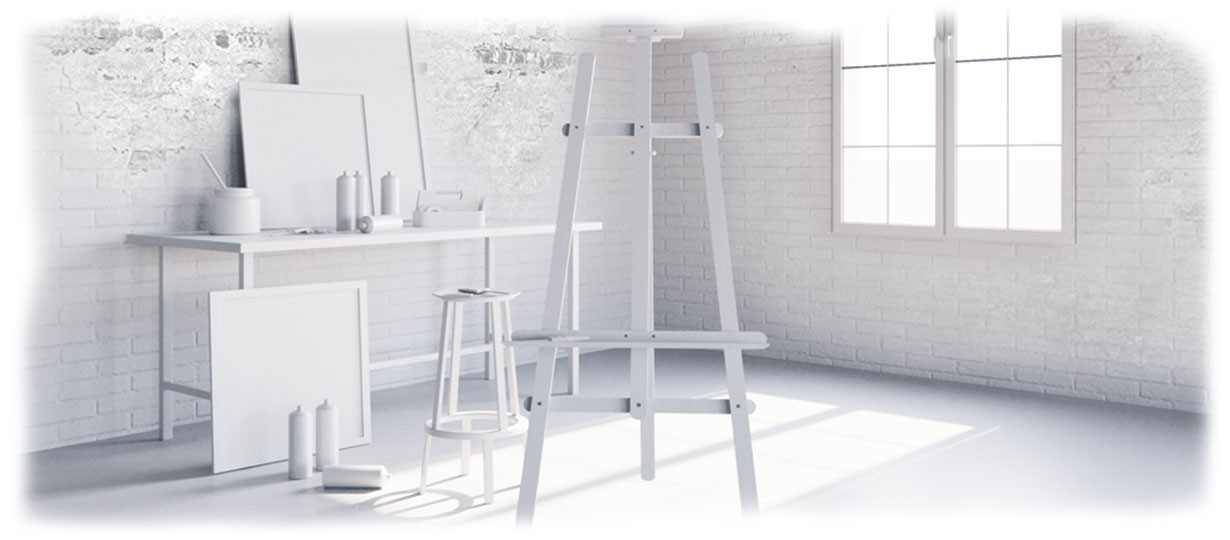
«Smile please!»
The new eye-catcher: La Gioconda in wine form
Veni, vidi, da Vinci: everything Leonardo's ingenius hands touched turned out into a great success. Thanks to his prima donna, the Mona Lisa, we can still draw on his creative legacy even half a millennium later. «Da Vinci's thirst for knowledge, his authenticity and his courage to break with conventions are as inspiring as they are timeless,» explains Mark Henderson, who mixes up the New York scene with a skateboard under his feet, a spray can in one hand, and a digicam in the other. Now, street art and the Italian Renaissance are colliding: Cantine Leonardo da Vinci entrusted Henderson with the visual design of their oenological interpretation of «La Giaconda». The design is an eye-catcher par excellence. Printed directly on the glass, colourful and in graffiti style, it breaks with conventions in many ways... This Sangiovese would probably have elicited a grin from Leonardo da Vinci that was just as elegant as the one he painted on the face of the noblewoman, Lisa Gherardini. Da Vinci was the son of a family of winegrowers. The winery that now bears his name is within sight of the family residence in Vinci. Vinification actually refers to letters written by the maestro to his parents: in these letters, he put his creative energy into giving advice on winemaking. Ingenious, isn't it?

